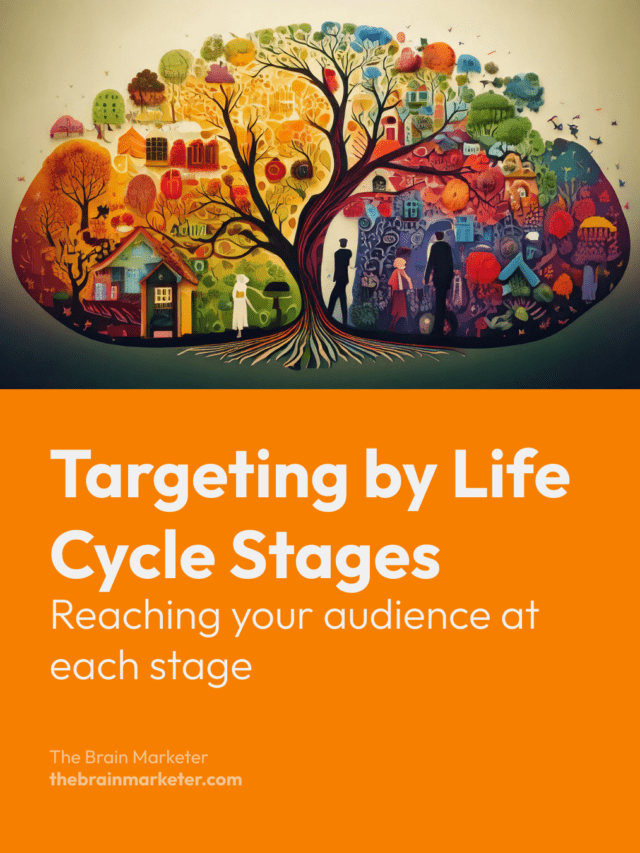Introduction
Every consumer goes through different life stages that influence their buying decisions. These stages are associated with specific needs, values, and behaviors. As a marketer, understanding where your audience is in their life cycle is essential to creating campaigns that resonate with them. This article explores the different stages of consumers’ lives, from Generation Y to Zoomers, and explains how to adapt your marketing messages for each group.
🎙️ Unpack the Topic with this Podcast
Generation Y or Digital Natives (under 25 years)
Generation Y, also known as Digital Natives, includes young people under the age of 25 who grew up with digital technology. They are connected, informed, and influenced by social media trends. Their buying behaviors are characterized by:
- Instant Gratification: They seek quick and personalized experiences, influenced by social platforms and peer recommendations.
- Social Engagement: These young consumers are often sensitive to social and environmental values. They appreciate brands that are committed to causes and share values aligned with theirs.
Marketing Strategy: For Digital Natives, the key is to have an active digital presence, interact authentically on social media, and provide immersive experiences. Video content, collaborations with influencers, and authentic messaging are essential to capture their attention.
Young Professionals (25-34 years)
Young professionals aged 25 to 34 are at a point in their lives where they are establishing their careers, financial independence, and planning their future. This group values:
- Quality and Practicality: With often busy lives, they look for products and services that make life easier.
- Image and Status: Building a professional and personal image is important to them. They are drawn to products that enhance their lifestyle and give them social status.
Marketing Strategy: Young professionals are receptive to products that add value to their career or personal life. Campaigns that highlight efficiency, sleek design, and premium quality are effective, especially if they include testimonials or case studies showing how the product can improve their daily life.
Dinkies (Double Income, No Kids)
Dinkies are couples without children, often aged between 25 and 40, with two incomes and few family responsibilities. This profile is characterized by:
- Desire to Enjoy Life: With significant disposable income, these consumers prioritize leisure, travel, and unique experiences.
- Independence and Comfort: They invest in their well-being and in luxury products that bring increased comfort.
Marketing Strategy: To reach Dinkies, it’s important to highlight premium experiences, luxury products, and services that promote well-being. Travel brands, gourmet experiences, and exclusive events are well-positioned to captivate this group.
Families (35-54 years)
The family group, which includes consumers aged 35 to 54, is often focused on stability and family well-being. Their buying decisions are motivated by:
- Safety and Comfort: This group is interested in products that provide safety and comfort for their family.
- Durability and Value for Money: Parents in this age group look for reliable and durable products that are worth the cost, as they want to maximize their budget for their family.
Marketing Strategy: To target families, marketing messages should emphasize reliability, safety, and durability. Family testimonials, safety certifications, and products that offer good value for money are particularly appealing.
Zoomers (over 55 years)
Zoomers, or those over 55, represent an evolving group. Contrary to stereotypes, they are often active, curious, and open to new experiences. Their buying characteristics include:
- Health and Well-Being: Many Zoomers are interested in products and services that improve their quality of life, such as health products, sports, or nutrition.
- Independence: They appreciate products that allow them to remain active and independent, as well as those that make life easier.
Marketing Strategy: Zoomers respond well to products that help them stay healthy and active. Messages should be positive, focused on vitality and independence. Digital campaigns are also relevant, as many Zoomers use the internet to search for information and make purchases.
Conclusion
Understanding the age and life cycle stages of consumers is essential to adapting your marketing strategies and building meaningful connections. Each group has specific characteristics, needs, and motivations, and brands that know how to personalize their approach for each stage of the life cycle are the ones that succeed in capturing attention and building audience loyalty.

Vincent Heimann is a marketing project manager and neuromarketing enthusiast. He founded The Brain Marketer to bridge neuroscience and marketing through accessible, science-based content. With over 10 years of experience in digital strategy, UX/UI and communication, he shares practical insights to help brands connect with the human brain — ethically and effectively

